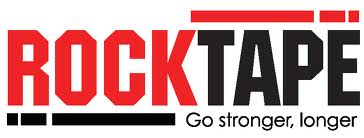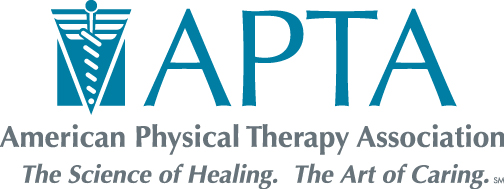Strain & Counterstrain
1. A passive positional procedure that places the body in a position of greatest comfort, thereby relieving pain by reduction and arrest of inappropriate proprioceptor activity that maintains somatic dysfunction.*
2. A mild overstretching applied in a direction opposite to the false and continuing message of strain which the body is suffering.*
*Lawrence Jones, D.O., FAAO
INDICATIONS:
- Joint dysfunction or joint pain
- Pain or swelling
- Joint strain (LE, UE, spinal, pelvis)
- Headaches
- Trigger points
- Rib dysfunction &/or costochondritis
- LOM secondary to strain/trauma
CONTRAINDICATIONS:
- Pain in treatment position
-
No response to positional treatment
(I.E., you can't harm a patient with Strain-CounterStrain!)
TECHNIQUES:
Pain is relieved by reducing and arresting the continuing inappropriate proprioceptor activity. This is accomplished by markedly shortening the muscle that contains the malfunctioning muscle spindle by applying mild strain to its antagonists.
In other words, the inappropriate strain reflex is inhibited by application of a counterstrain.
EFFECTS:
decreases pain/tenderness, reduces joint swelling, edema, mechanical joint pain, and allows inflammation to subside by treating the abnormal forces acting on joints
COMMENTS:
The tender points used in counterstrain techniques are not located in or just beneath the skin as are many acupuncture points, but deeper in muscle, tendon, ligament, or fascia. They are characterized by:
- tense, tender, edematous spots on the body
- are 1 cm or less in diameter with the most acute point 3mm in diameter
- They may be multiple for one specific joint dysfunction
- They may be a few cms long within a muscle
- They may be arranged in a chain
- Anterior points correlate with spinal joint dysfunction and posterior pain
- Appendicular points are often found in a painless area opposite to the site of pain and/or weakness




